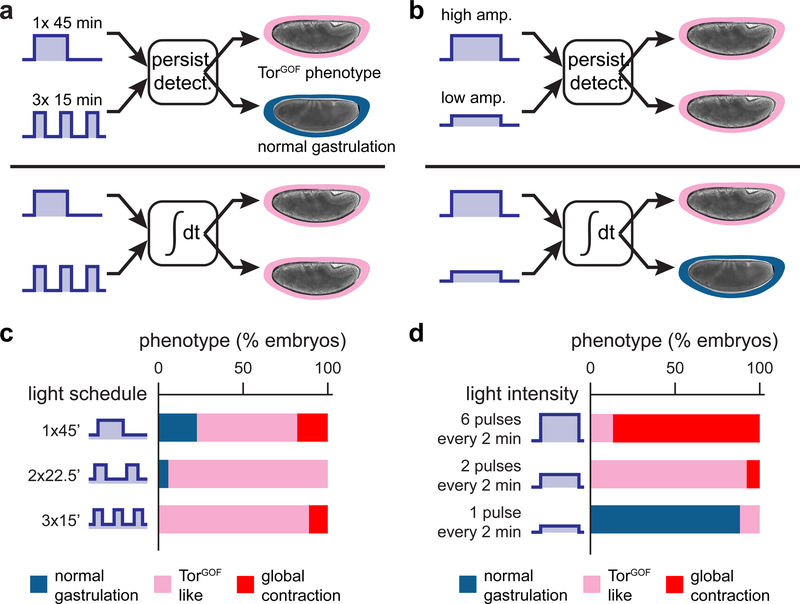Figure 4. Embryo phenotypes are determined by the cumulative load of Erk signaling.
Gastrulation phenotypes may be triggered by two classes of dynamic decoders, a persistence detector or a cumulative load sensor. These two decoders can be discriminated by their responses to certain light patterns. (a) A persistence detector could be triggered by a single light bolus but not when that signal is partitioned into multiple short light bouts; a cumulative load sensor would fire in response to both equal-dose inputs. (b) A cumulative load sensor could be triggered by high-intensity illumination but not a lower-intensity input of the same duration; a persistence detector would respond similarly to both equal-duration inputs. (c) Gastrulation phenotypes for the light schedules in a. OptoSOS embryos were exposed to a single 45 min pulse of blue light or the same 45 min dose split into two or three equal pulses and delivered over a 90 min period. Each bar represents the percentage of embryos exhibiting different gastrulation phenotypes according to the legend shown. (d) Gastrulation phenotypes for the light schedules shown in b. OptoSOS embryos were exposed to different numbers of 1 sec light pulses every 2 min for a total of 60 min. Bars represent phenotypes as in c.

